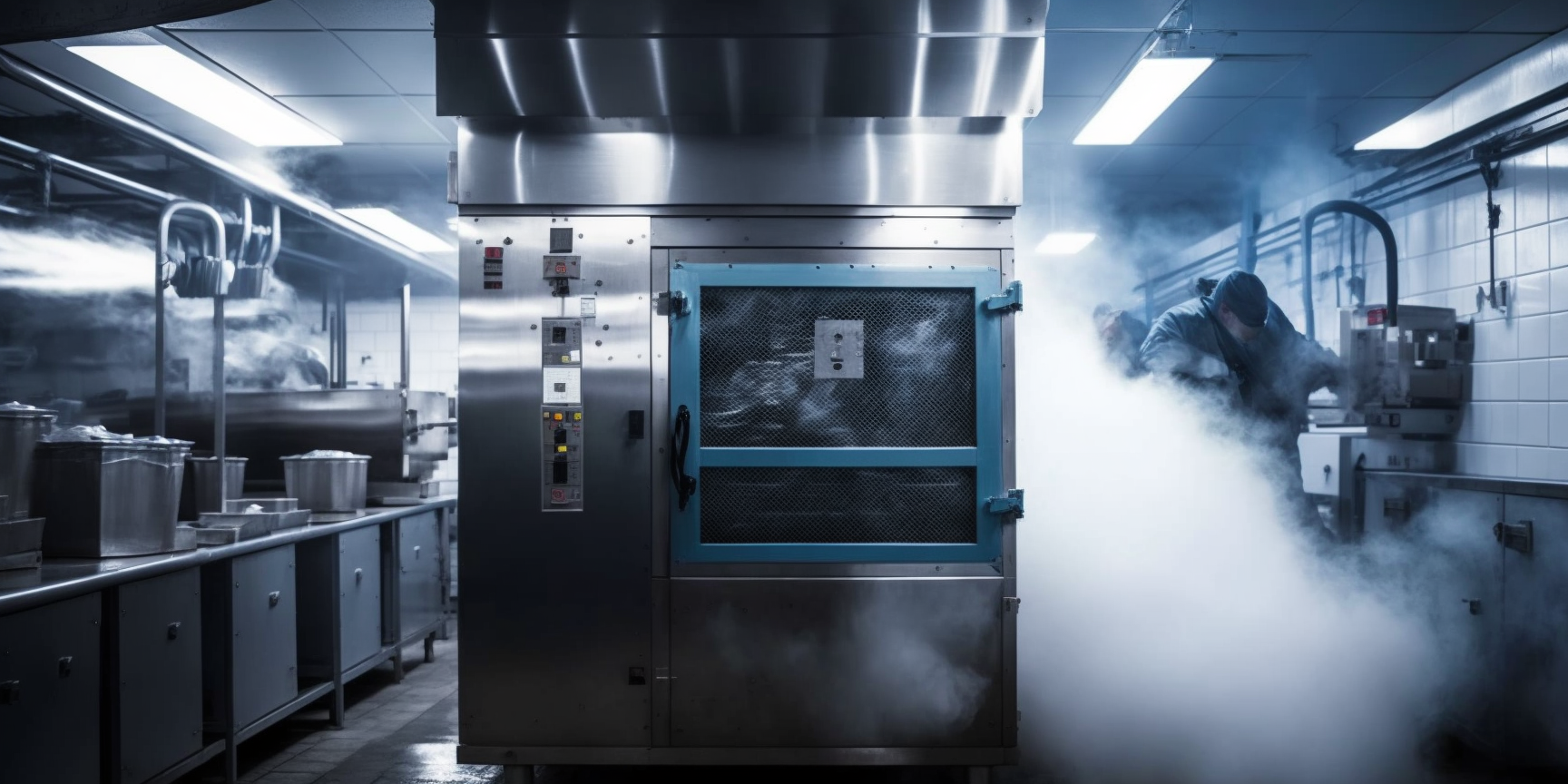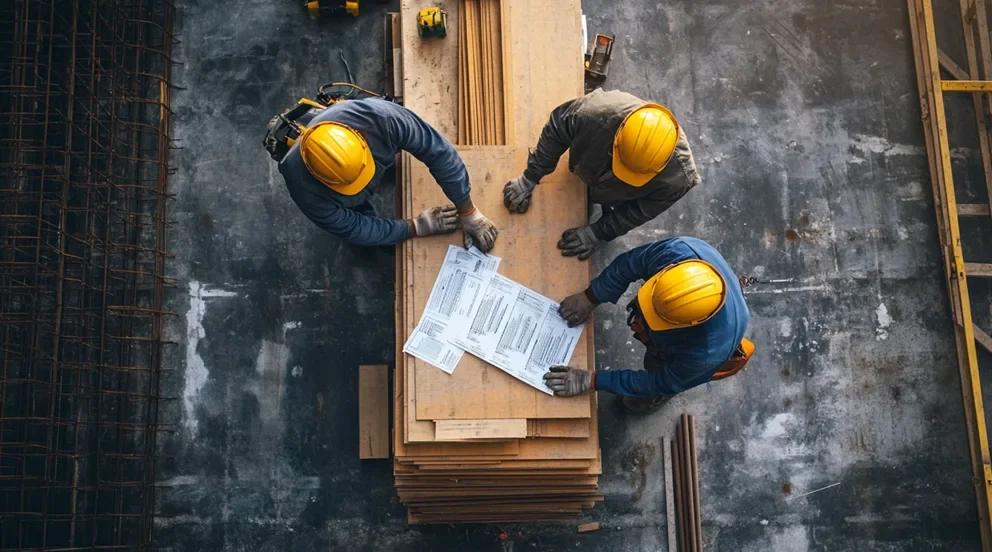Non-water based fire suppression systems are a type of fire extinguishing system that does not use water to put out fires. These systems rely on chemical agents, such as gaseous extinguishing agents or dry chemical powders, to suppress and control flames. Non-water based fire suppression systems are often used in environments where water may be scarce or not available, such as in commercial data centers and industrial facilities.
These systems work by using the chemical agent to decrease the amount of oxygen available to the fire, thus reducing its intensity and preventing it from spreading further. The agent is stored in tanks and released when activated. It then converts into a gas that suppresses the fire quickly upon contact with heat.
The primary benefit of non-water based fire suppression systems is that they don’t require large amounts of water as other conventional methods do, which helps protect data centers from damage caused by water leaks and flooding. Additionally, these systems are effective at putting out all types of fires—including those caused by flammable liquids and combustible metals—while also protecting property since they do not cause any damage to electronic equipment or furniture when used.
Non-water based fire suppression systems are highly reliable and easy to install, making them an ideal choice for businesses looking for cost-effective yet efficient solutions for their fire protection needs. They require minimal maintenance once installed properly, ensuring smooth operation for many years into the future with no need for additional investments or resources.
Types of Spaces that can Benefit Most from this System
Non Water Based Fire Suppression Systems are ideal for areas that require protection from fire but cannot use traditional water-based systems due to the risk of damage to sensitive equipment. Such spaces can include but are not limited to data centers, computer control rooms, museums, libraries, laboratories or any other space where water-based systems may cause irreparable harm.
The advantage of non-water based fire suppression systems is that they allow for quick and efficient extinguishing of fires without damaging delicate equipment or the surrounding area. They also help prevent further spread of fire by quickly interrupting its oxygen supply, reducing the possibility of an uncontrolled combustion. Non Water Based Fire Suppression Systems can put out fires caused by combustible materials such as paper, wood and plastic without causing any significant damage to the material itself. It is also capable of tackling fires caused by flammable liquids and gases with a minimal amount of damage to the equipment or surroundings.
Process of Acquiring the System
The process of acquiring a Non Water Based Fire Suppression Systems can be broken down into several key steps. First, it is important to assess the type and scope of fire risk that needs to be addressed. Depending on the size and complexity of the area needing protection, different types of systems may be required.
Next, it is necessary to obtain quotes from different suppliers who offer Non Water Based Fire Suppression Systems. It is important to compare these quotes in terms of quality, price and guarantees offered by each supplier.
After selecting a suitable supplier, it is essential to consider any additional services or maintenance packages that may need to be purchased in addition to the system itself. To ensure optimal performance, these additional services will need to include regular servicing of both the system and its components such as pumps, nozzles and control panels.
Once the system has been installed, regular testing will need to take place in order to verify that all components are functioning correctly and effectively suppressing fires when needed. Such tests should occur at least annually or after any significant changes have been made to the system.
Ultimately, having access to a reliable Suppression System can provide peace of mind for business owners since they know their premises are well protected against potential fire risks. With careful selection of a reputable supplier and regular maintenance checks in place, businesses can rest assured knowing their facilities are being safeguarded by an effective and responsive fire protection solution.
Key Persons Involved
Non Water Based Fire Suppression Systems involve a variety of key persons who work together to ensure their successful implementation. Firstly, there are fire safety engineers, who design the systems and plan out how they should operate. They also provide technical advice to ensure that the systems meet all relevant safety standards.
The fire equipment installers are essential in installing the Suppression System. They carry out the necessary work to ensure that all components of the system are correctly installed, tested and maintained. The technicians must conduct a thorough inspection of the system before signing off on it, verifying that it is safe for use.
The maintenance personnel are also important members of this team as they are responsible for checking and repairing any issues with the fire suppression system as required. This includes anything from changing out filters or sensors to adjusting water pressure levels or ensuring proper operation tests have been carried out on the system itself.
Local fire departments may also be involved in helping to maintain Suppression Systems, providing advice on best practices for installation and maintenance as well as responding quickly to any alarms that may arise from malfunctioning equipment. Through their knowledge and expertise, these professionals help make sure that these systems are working properly at all times so everyone can stay safe in case of an emergency situation.
Best Time to have the System Installed
The best time to install a Non Water Based Fire Suppression System is before any major construction works begin. This ensures that the system will not be affected by any subsequent renovations or modifications. Additionally, installing the systems at an early stage helps ensure the safety of all personnel on-site, as well as reducing risks to equipment and materials.
Non Water Based Fire Systems use inert gases such as nitrogen, argon, or carbon dioxide to extinguish fires. These gasses are stored in cylinders which must then be installed into a building’s structure securely and safely. Depending on the size and complexity of the project, these installation processes can be complex and time consuming. If conducted during a renovation or modification, it could lead to delays and additional costs due to potential structural damage or disruption of other works.
For this reason, it is recommended that installation takes place prior to starting any major construction projects. This allows for a more efficient process with minimal disruption to existing structures and operations. It also enables contractors and engineers to plan ahead so that they can assess whether any additional modifications need to take place in order for the systems to be installed correctly and function properly.
Ultimately, when it comes to Non Water Based Fire Suppression Systems, timeliness is key; getting them installed before construction begins can save valuable time and money in the long run while still providing optimal fire protection for buildings and personnel alike.
Is Retrofitting Possible?
Non-water based fire suppression systems can be retrofitted to existing structures, such as those that require extensive remodelling or are difficult to access. These types of systems consist of tanks, piping, detectors and other components which can be added according to the size of the existing structure. Foam-based systems are particularly popular for these kinds of installations due to their modular design.
Retrofitting a non-water based fire suppression system is typically less disruptive than water-based systems and is often more cost-effective. Smaller components such as nozzles and sensors can be quickly added onto any existing pipe networks without causing too much disruption in operations. This type of system provides effective protection against hazardous fires from materials such as oil and electrical equipment, making it ideal for dangerous environments.
Installing a non-water based fire suppression system is the best way to ensure the safety of an existing structure in areas where hazardous materials are present. The installation process requires careful consideration in terms of size, layout and other factors but it can be completed quickly with minimal disruption to operations while providing adequate protection against dangerous fires.
Support-driven Tech Solutions
There are new technologies that support non-water based fire suppression systems. Active Protection Systems (APS) is one such solution. APS uses a combination of sensors and advanced algorithms to detect potential fires and quickly intervene with an appropriate extinguisher agent. This innovative system not only eliminates the need for large amounts of water but also offers more effective fire protection than traditional approaches. In addition, it reduces damage to property due to its quick response time and ability to use chemical agents or other suppressants.
Another tech solution is the Fire Suppression Camera (FSC). FSC uses thermal imaging technology to detect heat sources from hot spots in hazardous areas before they can become dangerous flames. The camera then activates a suppression system which dispenses the appropriate amount of extinguishing agent directly onto the source without jeopardizing surrounding areas or personnel safety. These solutions provide a safe, efficient option for fire protection while greatly reducing water usage compared to traditional methods.
Key Takeaways:
Non-water based fire suppression systems can be an effective and efficient way to protect structures from fires. Installing the system before any major construction works begin is recommended in order to save time and money while ensuring optimal safety for personnel on-site. Retrofitting these types of systems into existing structures is also possible with some modifications depending on the size and complexity of the project. New technologies are available which provide more reliable protection than traditional methods without needing large amounts of water, making them ideal for hazardous areas where high levels of heat may be present. It’s important to keep up with current technology trends when it comes to fire prevention so that you can ensure maximum safety at all times.



